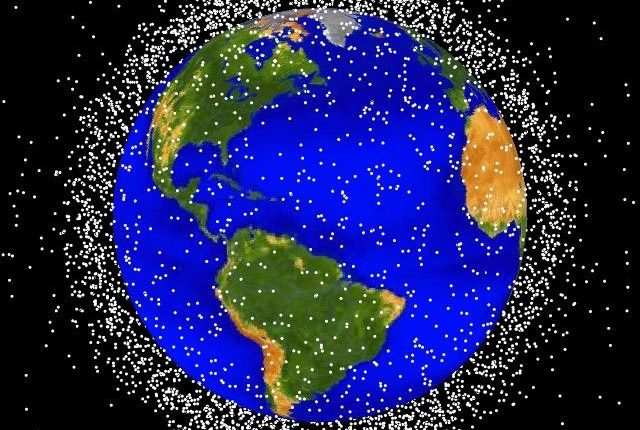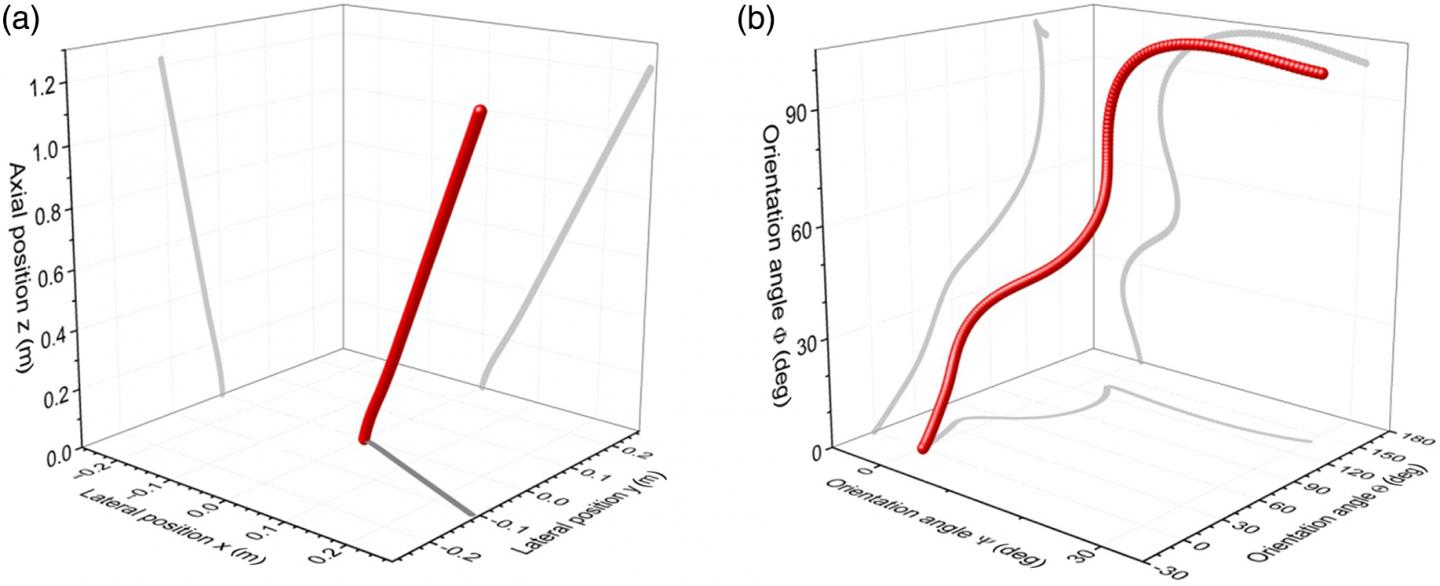
Can laser impulses destroy hazardous space debris?
All of the space missions that have come to pass have left behind some party favors out in space — space debris — which is a result of those leftover satellites, lens covers, and spaceship fragments.
Space debris pose a serious and ongoing threat to active communication and navigation satellites that are used by billions of people on Earth. Now, the International Society for Optics and Photonics has revealed a new approach to eliminating space debris in Earth’s atmosphere, using laser impulses to burn it up.

While the locations of major space debris are known, fragments smaller than 10 centimeters are difficult to keep track of, and there are 10 times more small pieces than large ones. Space debris travels at super fast speeds up to nine miles per second, which makes those small pieces of debris a serious threat for space flight and the operation of satellites such as those involved in communications and navigation.
Stefan Scharring, Jascha Wilken, and Hans-Albert Eckel of the German Aerospace Center describe a new approach in their paper “Laser-based removal of irregularly shaped space debris”, in which they say that applying laser-induced damage to modify the orbit of debris and push it into the atmosphere will cause it to burn up.
According to the authors, “a secondary effect of laser-induced damage, which is not immediately apparent in experiments on Earth” results in the weightlessness of space. When part of an object is removed using a laser beam, the recoil transfers momentum to the object. The authors simulated powerful laser oscillations to hazardous materials with the goal of modifying the debris’ orbit so that it re-enters and is destroyed by the atmosphere.

While similar laser-based concepts have been proposed in the past, the other studies have targeted simple geometric shapes like plates, cubes, spheres, and cylinders that are optimally oriented to the laser source.
The authors say that those previous methods fail to address irregularly shaped objects, as most space debris are, and do not account for the random orientation of those objects in space.
“Our work constitutes the transition from laboratory experiments with idealized flat targets and optimum laser alignment towards simulations of the real world scenario with arbitrarily shaped debris and limited laser pointing accuracy,” wrote the authors.

Comments are closed, but trackbacks and pingbacks are open.